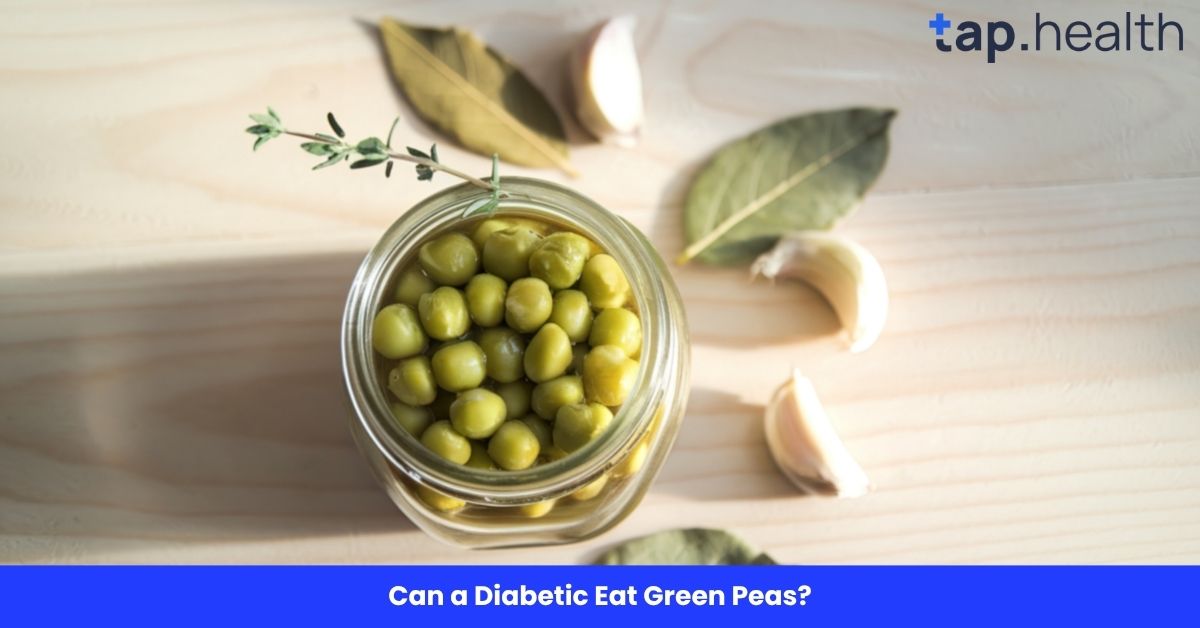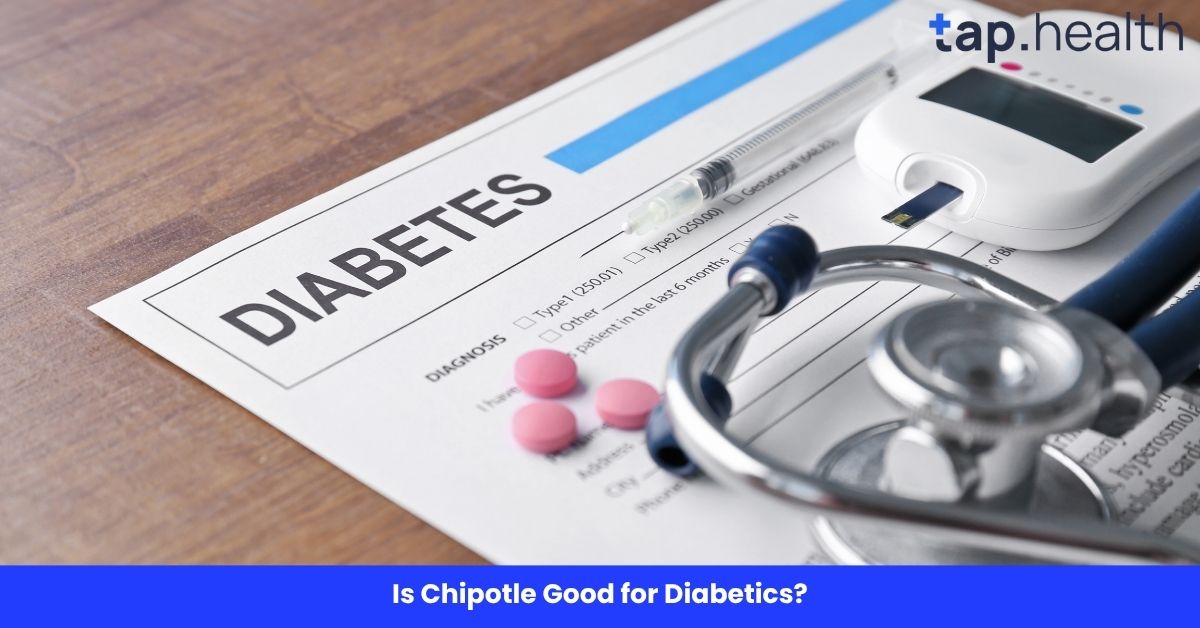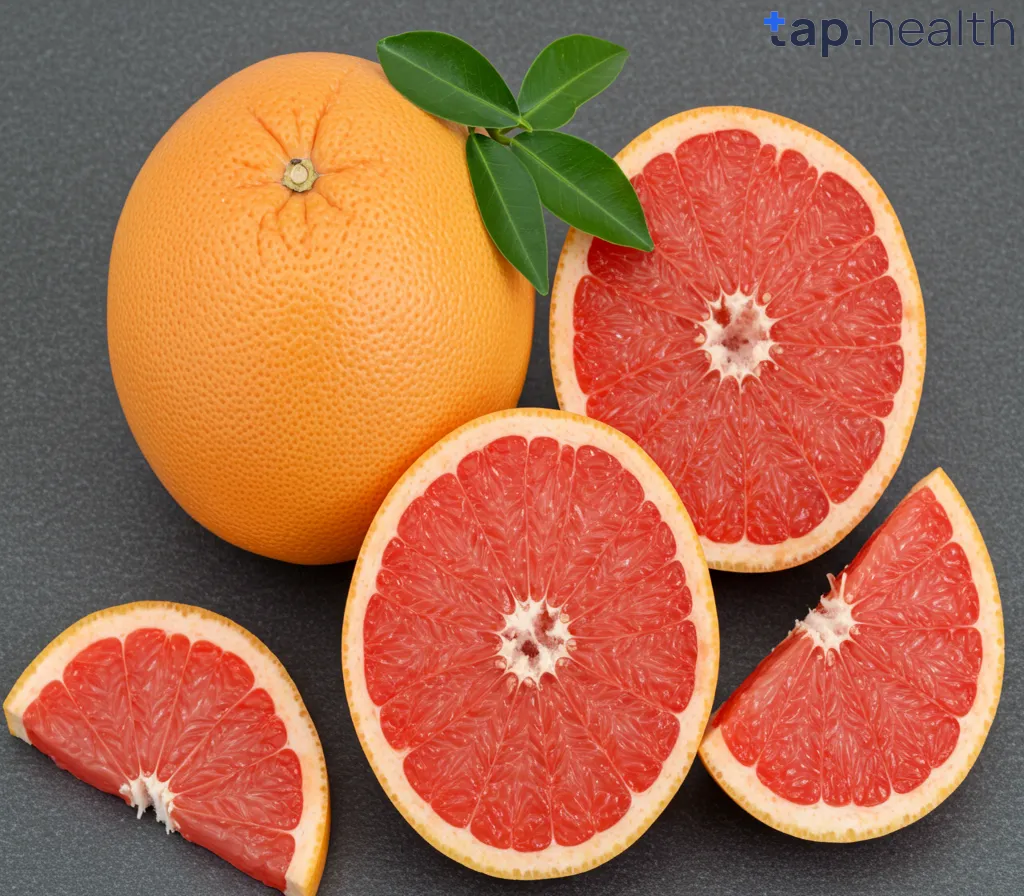When managing diabetes, making informed food choices is key. Every bite you take affects your blood sugar, and it’s essential to understand how different foods impact your health. Green peas are a nutritious vegetable that many people enjoy, but if you have diabetes, you may wonder whether they are a good option for your diet. Can a diabetic eat green peas?
In this article, we will take a deep dive into the nutritional value of green peas, how they affect blood sugar levels, and whether they are suitable for people with diabetes. We will also explore the health benefits of incorporating green peas into your meals, along with some tips on how to include them in a balanced, diabetes-friendly diet.
What Are Green Peas?
Green peas, also known as garden peas or sweet peas, are a type of legume that grows in pods. They are typically round and green in color, and they can be eaten fresh, frozen, or cooked. Green peas are commonly used in a variety of dishes, from soups and stews to salads and side dishes.
These small, round vegetables are known for their naturally sweet flavor and bright green color. Besides being tasty, green peas are packed with nutrients, including vitamins, minerals, fiber, and plant-based protein, making them a healthy addition to most diets. But how do they impact blood sugar levels, and can they be included in a diabetic meal plan? Let’s find out.
Nutritional Profile of Green Peas
To understand if green peas are good for diabetics, it’s important to take a closer look at their nutritional content. Here’s the breakdown of the nutrients found in 1 cup (about 160 grams) of cooked green peas:
- Calories: 125 kcal
- Carbohydrates: 22.5 grams
- Fiber: 8 grams
- Sugar: 4 grams
- Protein: 8 grams
- Fat: 0.5 grams
- Vitamin A: 20% of the Daily Value (DV)
- Vitamin C: 25% of the DV
- Vitamin K: 25% of the DV
- Folate: 15% of the DV
- Iron: 6% of the DV
- Potassium: 6% of the DV
Key Takeaways:
- Carbohydrates: Green peas are moderate in carbohydrates, with 22.5 grams per cup. While carbohydrates have a direct impact on blood sugar levels, the high fiber content in green peas helps to slow the digestion of carbs, reducing their effect on blood glucose.
- Fiber: Green peas are an excellent source of fiber, with 8 grams per cup. Fiber is crucial for managing blood sugar levels, as it slows down the absorption of sugar into the bloodstream, preventing rapid spikes in blood sugar.
- Protein: Green peas contain 8 grams of protein per cup, which is higher than most vegetables. Protein helps stabilize blood sugar levels by slowing the absorption of carbohydrates.
- Vitamins and Minerals: Green peas are rich in vitamins like vitamin C, vitamin A, and vitamin K, as well as essential minerals such as iron, folate, and potassium. These nutrients support overall health, including immune function, bone health, and circulation, which are important for diabetics.
Glycemic Index of Green Peas
The glycemic index (GI) is a scale that measures how quickly foods raise blood sugar levels. Foods with a high GI (70 or above) cause rapid spikes in blood sugar, while foods with a low GI (55 or lower) cause a slower, more gradual increase. For people with diabetes, choosing low-GI foods is important to help maintain stable blood sugar levels.
Green peas have a low glycemic index, typically ranging from 22 to 39. This means that green peas are a good food choice for diabetics, as they will cause a slow, controlled increase in blood sugar compared to higher-GI foods like white bread or sugary snacks. The combination of fiber, protein, and low glycemic index makes green peas a healthy and diabetes-friendly vegetable.
How Does GI Affect Diabetics?
For diabetics, managing blood sugar levels is essential. Eating foods with a low or moderate GI can help prevent blood sugar spikes and keep glucose levels more stable throughout the day. Since green peas have a low GI, they can be included in a balanced diet without causing significant fluctuations in blood sugar. Pairing green peas with other low-GI foods, such as leafy greens or lean protein, can further help stabilize blood sugar.
Can diabetics eat green peas?
Yes, green peas are a healthy option for diabetics when eaten in moderation. They are low in calories, have a low glycemic index, and are rich in fiber and protein, all of which help regulate blood sugar levels.
Health Benefits of Green Peas for Diabetics
Green peas are more than just a tasty vegetable; they come with a wide range of health benefits, particularly for people managing diabetes. Let’s explore some of the key health benefits of including green peas in your diet:
1. Helps Regulate Blood Sugar Levels
The high fiber content in green peas helps slow the digestion and absorption of carbohydrates, preventing rapid increases in blood sugar. This is especially beneficial for diabetics who need to manage their blood glucose levels throughout the day. The protein in green peas also helps stabilize blood sugar by slowing the absorption of sugars into the bloodstream.
Additionally, green peas contain compounds known as polyphenols, which may improve insulin sensitivity. This is important for diabetics because improved insulin sensitivity helps the body better utilize insulin and control blood sugar levels more effectively.
2. Supports Heart Health
People with diabetes are at a higher risk of developing heart disease, so maintaining a healthy heart is crucial. Green peas are rich in fiber, which has been shown to lower cholesterol levels and improve heart health. The potassium in green peas helps regulate blood pressure, and the antioxidants like vitamin C and flavonoids in green peas reduce inflammation and protect the heart and blood vessels from damage.
3. Boosts Immune Function
Green peas are packed with vitamin C, a powerful antioxidant that supports immune function. Vitamin C is important for maintaining a healthy immune system, especially for diabetics, who may have a weakened immune response. Vitamin C also plays a role in wound healing, which is crucial for diabetics who may experience slower healing due to high blood sugar levels.
4. Improves Digestive Health
The high fiber content in green peas promotes healthy digestion and regular bowel movements. Fiber also supports the growth of beneficial gut bacteria, which is important for overall digestive health. For diabetics, maintaining a healthy digestive system is important because digestive issues, such as constipation, can be more common.
5. Aids in Weight Management
Maintaining a healthy weight is crucial for managing diabetes, and green peas can play a role in weight management. The fiber and protein in green peas help keep you feeling fuller for longer, reducing the likelihood of overeating. Additionally, green peas are low in calories and fat, making them a nutritious and filling addition to meals.
Read this : Is Gluten-Free Pasta Good for Type 1 Diabetes?
Risks of Eating Green Peas for Diabetics
While green peas offer numerous health benefits, there are a few things to keep in mind when incorporating them into your diabetic diet:
1. Carbohydrate Content
Green peas are higher in carbohydrates compared to non-starchy vegetables like spinach or cucumbers. While they have a low glycemic index, consuming large portions can still contribute to a significant increase in blood sugar. Diabetics should be mindful of portion sizes to avoid consuming too many carbohydrates in one sitting.
2. Possible Digestive Discomfort
Although green peas are rich in fiber, consuming large quantities can lead to digestive discomfort for some individuals. This is especially true if you are not used to eating a lot of fiber. To avoid bloating or gas, it’s important to gradually increase your fiber intake and drink plenty of water throughout the day.
How to Include Green Peas in a Diabetic-Friendly Diet
Green peas can be a healthy and delicious addition to your meals when eaten in moderation. Here are some tips on how to incorporate them into a balanced, diabetes-friendly diet:
1. Control Portion Sizes
Since green peas contain carbohydrates, it’s important to control your portion sizes. A typical serving size is about 1/2 cup of cooked green peas, which contains around 15 grams of carbohydrates. Pair this with other low-GI foods, such as leafy greens, lean proteins, or whole grains, to create a balanced meal.
2. Pair with Lean Proteins and Vegetables
To enhance the nutritional profile of your meal, pair green peas with lean protein sources like chicken, fish, or tofu. Adding non-starchy vegetables like broccoli, zucchini, or bell peppers will increase the fiber content of your meal and help further regulate blood sugar levels.
3. Use in Soups and Stews
Green peas are a great addition to soups and stews. You can make a hearty, diabetes-friendly soup by adding green peas to vegetable broth along with other low-carb vegetables like carrots, celery, and onions. This makes for a filling, nutritious meal that is low in calories and helps stabilize blood sugar levels.
4. Snack on Roasted Green Peas
If you’re looking for a crunchy snack, try roasting green peas. Roasted green peas are an excellent alternative to chips and other processed snacks. Simply season with a bit of olive oil, salt, and your favorite herbs, and roast them in the oven until crispy. They are rich in protein and fiber, making them a satisfying and healthy snack.
Real-Life Scenario: How Diabetics Can Enjoy Green Peas
Aditi’s Story:
Aditi, a 38-year-old woman from Delhi, was diagnosed with type 2 diabetes last year. She loves cooking traditional Indian meals and was concerned about incorporating vegetables like peas into her meals. After speaking with her nutritionist, Aditi learned that green peas could be part of her diabetic-friendly diet.
Aditi’s nutritionist recommended she use green peas in small portions and combine them with fiber-rich vegetables and lean proteins to keep her blood sugar levels stable. For example, Aditi started adding green peas to her vegetable curries, stir-fries, and soups. She also made sure to balance the meal with whole-grain chapatis and salads. By following this advice, Aditi was able to enjoy her favorite dishes while managing her blood sugar levels effectively.
Expert Contributions: What Do Diabetes Experts Say?
Dr. Arvind Sharma, a well-known endocrinologist based in Mumbai, shares his expert advice:
“Green peas are a wonderful option for people with diabetes. Their low glycemic index, combined with their fiber and protein content, makes them an ideal food for controlling blood sugar. The key to a diabetic diet is moderation. Green peas can be enjoyed in appropriate portions as part of a balanced meal.”
FAQ on Can a Diabetic Eat Green Peas?
1. **How do green peas affect blood sugar levels?
** Green peas have a low glycemic index, meaning they cause a slow and steady rise in blood sugar. The fiber and protein in green peas also help stabilize blood sugar levels by slowing the absorption of sugars into the bloodstream.
2. Are green peas high in carbohydrates?
Green peas contain 22.5 grams of carbohydrates per cup, which is higher than many non-starchy vegetables. However, their fiber content helps slow the absorption of carbohydrates, making them a better option for diabetics compared to higher-glycemic foods.
3. What is the glycemic index of green peas?
Green peas have a low to moderate glycemic index, typically ranging from 22 to 39, which makes them a good choice for diabetics looking to manage their blood sugar levels.
4. How can I include green peas in my diabetic meal plan?
You can include green peas in your meal plan by controlling portion sizes and pairing them with lean proteins and non-starchy vegetables. They can be added to soups, stir-fries, or served as a side dish.
Conclusion
Green peas are a nutritious, low-calorie vegetable that can be a healthy part of a diabetic-friendly diet. They are rich in fiber, protein, and essential vitamins, all of which help support blood sugar regulation and overall health. By incorporating green peas into balanced meals and controlling portion sizes, diabetics can enjoy this vegetable without causing significant spikes in blood sugar levels.
As always, it’s important to consult with your healthcare provider or dietitian to determine the best dietary choices for your individual needs. But with their low glycemic index and numerous health benefits, green peas can certainly be a great addition to your diabetic meal plan.


